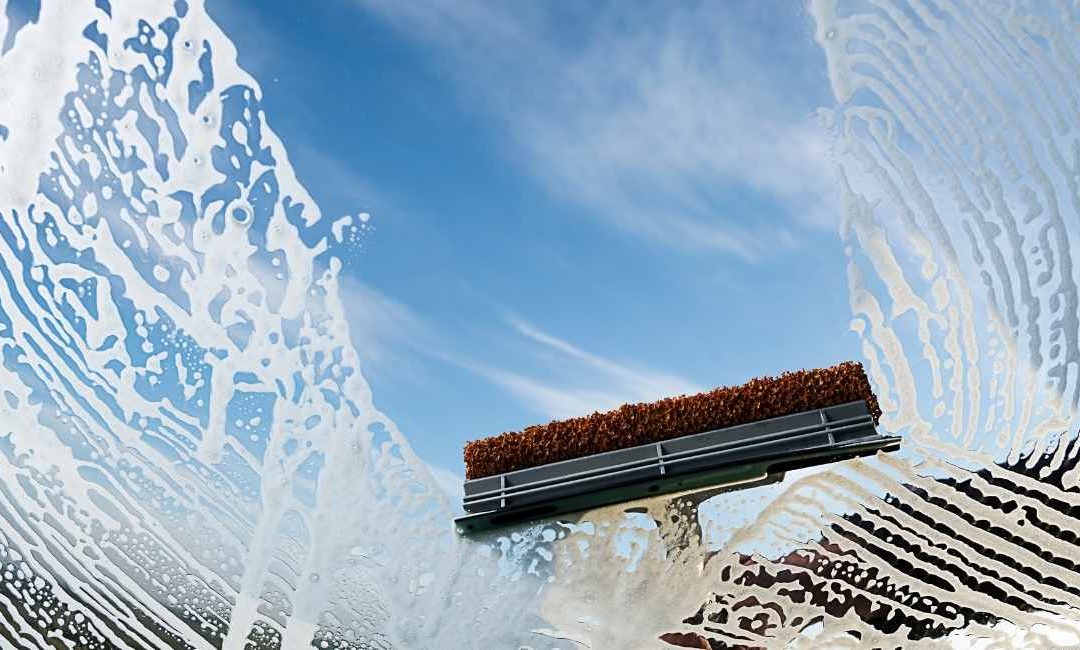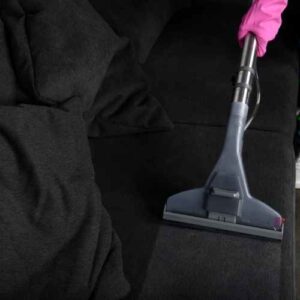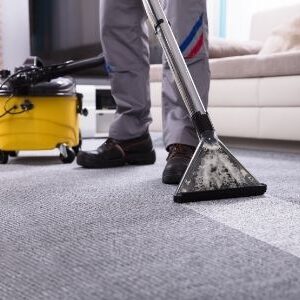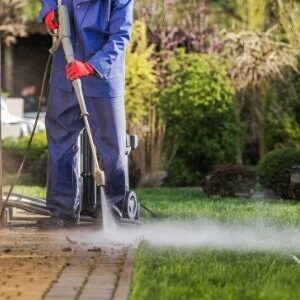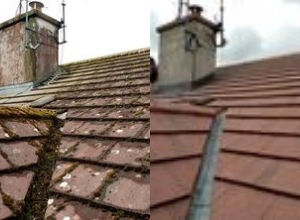Inside Window Cleaning Tips
Every homeowner wants clean windows because unsightly dirt and grime ruin the appearance of a house. It’s not surprising that hiring a reliable cleaning company is one way to give your windows a decent look. But it’s not always necessary to invest in cleaning maintenance plans if you can do the job yourself. If you like cleaning windows and planning to do this cleaning chore on your own, you need to get the appropriate cleaning tools often used by the pros.
Using the Right Cleaning Tools
You don’t have to buy high-powered cleaning equipment such as those being used in commercial cleaning. You just need to find suitable cleaning tools and accessories to get the job done right. Check out the list of cleaning tools below to learn how to clean windows like a professional:
Sponges
The sponge is one of the most common cleaning tools used in window cleaning. You can use the traditional type sponge wherein one side is made of abrasive material. There are also sponge cloths made from a combination of sponge and towel fabric. If you use a sponge, remove the dirt and debris on the windows first before pouring some water and applying a cleaning solution.
Squeegee
A squeegee is a typical cleaning tool perfect for cleaning high windows, shopfronts, and common home windows. This is made of aluminum or plastic and has a rubber blade that can remove dirt, grime, and disgusting hand marks on the windows. If using a squeegee, just dip it directly into the cleaning solution and clean the window from top to bottom. Afterwards, wash the windows with a squeegee in the same direction.
Keep the rubber blade from getting damaged as it will no longer be effective if there is any tear or puncture. For higher areas of the window, you can use an extension pole along with the squeegee. Utilize both sides of the squeegee before you replace it. Check out our previous bloc on some of the most common window cleaning mistakes .
Microfiber cloth
Microfiber cloth is proven effective in removing dust and grime on windows. When wiping a wet microfiber cloth, it attracts dirt and leaves your glass surface clear. It doesn’t require a lot of water and doesn’t leave any smudges or scratches, unlike abrasive sponges. To prevent dirt from scattering all over the windows, you should always rinse it with water and soap. It’s advisable to use two separate microfiber cloths for the water and cleaning solution.
Extension poles
For inaccessible window areas, you can use an extension pole with replaceable head tips. The extension pole is usually made of aluminum or carbon fiber with a replaceable tip at the end, allowing you to attach a squeegee or sponge roller. When you choose an extension pole design, pick the one that has an ergonomic design for easy grip and handling. An extension pole is often a good substitute for ladders as this enables you to clean high-rise or tall windows. Since extension pole designs are inclined towards comfortable handling, your arms won’t feel numb as you clean the windows. The extension pole isn’t only useful for windows; you can also utilize this versatile cleaning tool for dusting or dirt removal on ceilings and tall furniture.
Safety accessories
If you clean windows at upper floor levels, you shouldn’t forget to wear safety accessories such as harness belts, protective sleeves, face covers, and holsters. Holsters and pouches are used to keep all cleaning tools accessible and organized. You should use this safety equipment for your safety while working on higher ground.
Scraper
Known as the window razor, a scraper is one of the basic cleaning tools of every professional cleaner. It removes various types of stain and grime accumulated on the glass surface, such as paint, stickers, and spilled chemicals. It often features an ergonomic grip handle which allows you to scrape stubborn stains with ease. When using it, avoid pressing too hard on the glass surface because you might develop a deep scratch on the glass. With every cleaning project you do, this tool should never be excluded from your holster.
Bucket
The utility bucket is a must-have for every cleaning job. This versatile tool is often used to carry your cleaning supplies or utilize it to mix your cleaning solutions. It is advisable to use a rectangular-shaped bucket so you can efficiently maximize the space, especially for your T-bars and squeegees.
T-bars and versatile sleeves
For stubborn dirt and stains located on the far side of the window glass, you can use T-bars. You can choose between bronze wool and non-abrasive wool attachment depending on the extensiveness of the surface dirt. Sleeves are also helpful in challenging cleaning; these are made of a microfiber cloth with built-in bristles, extra fibers, and an abrasive pad. Both T-bars and sleeves are easy to clean after work. These cleaning accessories can be used multiple times until they wear out.
The accessories mentioned above are just a few cleaning supplies and tools frequently used by professional cleaners. Aside from them, you can also include spray bottles, non-abrasive towels, and scrubbing brushes, which effectively remove many types of dirt and stain. Fortunately, you can buy most of these cleaning accessories in hardware shops, home improvement stores, and even supermarkets, so it’s not a problem to find them.
If you want to keep your windows clean as often as possible, make sure you include these tools in your cleaning kit. Cleaning agents are readily available in the market; you just have to choose the cleaning solution for you and the environment.

